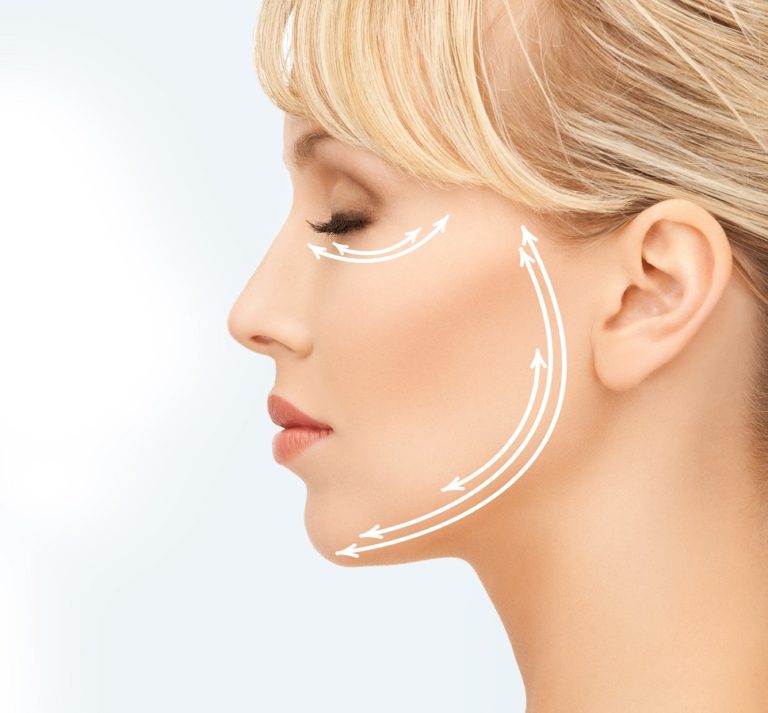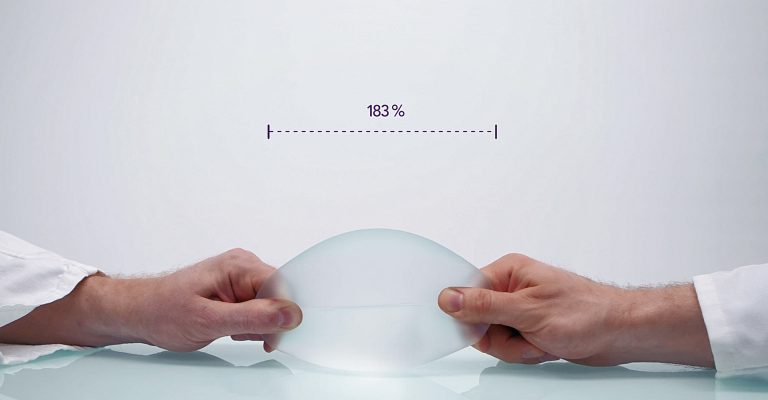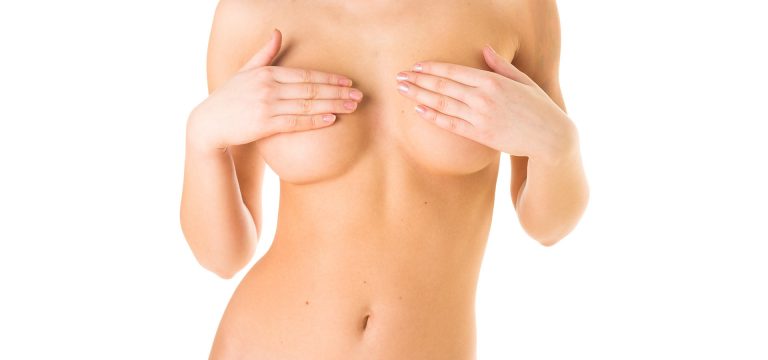Πλαστική Χειρουργική • 11 Ιούλ 2018
Modern Techniques in Breast Augmentation
The Material
Breast augmentation is a procedure that is aimed at improving the aesthetic appearance of the female breast, by increasing its volume and shaping its contour. There are various options available to plastic surgeons for achieving this, mainly through the use of implants, fat grafting or fillers. To date, breast implants can be filled with either saline (medical-grade salt water) or silicone gel. Saline implants require a smaller incision, since they can be filled after they are inserted in place. This implant type is also less expensive. Silicone gel, on the other hand, provides a look and feel that many women perceive as closest to natural breast tissue. For now, at least, silicone gel and saline implants remain the top choices for women having breast augmentation.
The Planning
In addition to the material used, the shape and dimension of breast implants has also changed significantly in the last decade. Breast implants today are more about looking natural, not just simply bigger. The goal now is to create a naturally enhanced look and attractive breast shape, rather than simply focusing on cup size or implant volume. In fact, for advanced surgeons, the volume of the implant is the last parameter that is important to consider when planning the procedure. Other dimensions, such as implant width, height and projection are taken first into consideration, and only after these are selected, the implant volume (which is in effect automatically derived from the above) is assessed. Precisely choosing the implant size and its topographic placement onto the chest wall through careful pre-operative planning, i.e. multiple measurements of the patient’s thorax anatomy and 3D pre-operative simulation, will provide the most natural results: an augmented breast having a gentle slope (tear-drop shape), which is more in tune with a natural breast. It is evident that with this approach there is currently a clear tendency toward using smaller implants, which place less strain onto the breast itself. This is important for avoiding complications, such as bottoming out of the implant or ‘kissing implants’ in the midline (synmastia). All that being said, sometimes a fuller, more prominent profile is still a popular choice among women, which is fine, as long as the chest wall anatomy and soft tissue characteristics of the breast can support this.
The Technique
New advances in surgical procedure mean that less extensive surgery is needed, yet the results are superior. The time the patient spends in surgery is down to just about an hour for most breast enlargement procedures, and in almost all cases the patient can return home the same day. Because the surgery is less aggressive, recovery time is similarly shortened. Women having breast augmentation procedures are up and about much sooner these days than was ever possible in the early days of augmentation. Sport activity can also be resumed within a couple of weeks.
While in the past, placement of implants was either subglandular or subpectoral, i.e. above or under the pectoralis major muscle, respectively, today’s modern techniques utilize a combination of these placement pockets. The so called ‘Dual-Plane’ technique ensures that the top part of the implant is covered by the muscle, while the breast gland is allowed to slide over the implant bottom. These techniques are suitable when breast ptosis is present, in addition to breast hypotrophy. Variations of the ‘Dual-Plane’ technique also utilize scoring (i.e. creating small cuts in the gland) and anchoring of the gland with multiple sutures, which might be useful in shaping the tubular breast into a more natural contour. In tubular and constricted breasts, or when the selected implant is slightly larger than the size of the breast, another technique that is commonly employed is that of lowering the inframammary fold, therefore creating more space to accommodate the implant. In such cases, as well as in patients that do not wish an implant-based augmentation, fat grafting can provide a great tool for shaping the breast. Fat is normally harvested from the abdomen or the thighs and grafted into the breast gland using special thin cannulas. While the rate of fat survival varies among patients, and depends on many factors, whatever fat tissue volume takes is permanent, and behaves and feels like normal breast tissue.
Along with less invasive surgery comes less scarring as well. Breast augmentation patients today benefit from modern methods that use much smaller incisions. For example, saline implants require only a small incision around the areola. For silicone gel implants, the incision can be made in the armpit or within the bottom crease of the breast. Also important is the fixation of the inframammary fold through special suturing techniques, during closure, which ensures that the implant does not slide down, creating what is called a double-bubble deformity. After healing, the scars in these areas are very inconspicuous. New, more accurate surgical equipment and application of special wound dressings (e.g. silicone-based dressings) also helps to minimize scarring.











